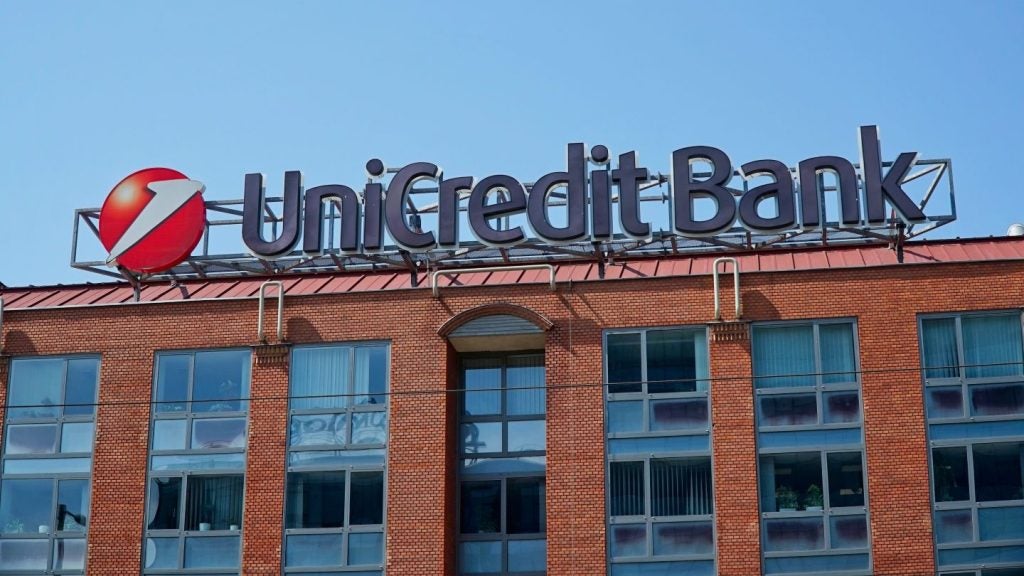After gaining independence, banking in Pakistan has been expanding and improving. A state bank was formed in 1948 and the largest banks in Pakistan soon followed.
However, there is a lot to be done in the market. The 200 million-strong population has a banking penetration rate of 24.1%, according to GlobalData. There is only 0.1 payment cards per person in the country. There is a huge chunk of the sector waiting to be grabbed.
The government launched the National Financial Inclusion Strategy (NFIS) in May 2015. Its goal is to bring 50% of the adult population into the formal banking system by 2020.
Key priorities include adoption of basic bank accounts, increasing the number of bank branches, offering banking services via banking agents, expanding ATMs and point of sale (POS) terminals, and promoting financial awareness among poor individuals and women.
A focus on Islamic banking is also likely to increase financial inclusion considering between 95 and 98% of the country is Muslim. The number of Islamic bank branches in Pakistan increased from 1,651 in June 2015 to 2,102 two years later.
In April 2016, the State Bank of Pakistan (SBP) – the country’s central bank – introduced the domestic payment scheme PayPak. This was to compete in the local market with international schemes.

US Tariffs are shifting - will you react or anticipate?
Don’t let policy changes catch you off guard. Stay proactive with real-time data and expert analysis.
By GlobalDataIn addition, the cards issued under this scheme focus on the domestic market, and thereby can only be used in Pakistan. The aim is to offer low-cost payment cards in order to bring more of the population under the purview of the formal banking system.
The largest banks in Pakistan
So what are the largest banks in Pakistan?
The SBP is the country’s central bank. It was incorporated under the State Bank of Pakistan Act in 1956. It’s responsible for regulating liquidity and ensuring the soundness of the country’s financial system.
E-commerce is on the rise in Pakistan, with increased adoption among merchants. According to the SBP, the number of e-commerce merchants stood at 905 in 2017, up significantly from 344 in 2016.
The National Bank of Pakistan is one of the most well-known banks in the country. It operates in Pakistan and also has 34 foreign branches. In Pakistan, it holds close to 1,500 branches and around 12,000 staff.
It made PKR5,108,117,000 ($36.2m) in profit after tax in March 2018.
Bank Alfalah is one of the top banks in Pakistan and is well regarded. It is Pakistan’s fifth largest private bank and has over 630 branches across the country. 1.5 million customers are served by the bank.
The bank recorded profit after taxation of PKR10.6bn, for the year ended December 31, 2018, higher by 27% in comparison to 2017.
Moreover, other offerings are from Habib Bank, United Bank, Meezan Bank, and Allied Bank. These are some of the top banks in Pakistan for retail banking.
Habib Bank has over 14 million customers and 1,743 branches worldwide. In 2018, it made PKR21.6bn in profit before tax.
Meezan Bank, Pakistan’s first Islamic bank, has over 2.2 million customers and 660 branches across 180 cities. Its profit after tax in 2018 was PKR8.96bn. The firm takes particular pride in its online presence as it is the most followed bank in Pakistan for Facebook, Twitter and Instagram. Furthermore, its Youtube channel has seen 194% growth since 2017.
However, penetration for banking services remains low. Cash accounts for 98.9% of transactions, but only 8.7% of transaction value. Cheques take up 88.9 of transaction value. On the other hand, that means the largest banks in Pakistan see a lot of potential in the region.







